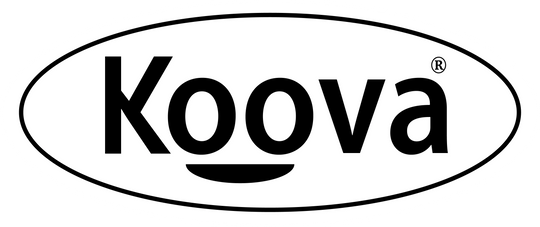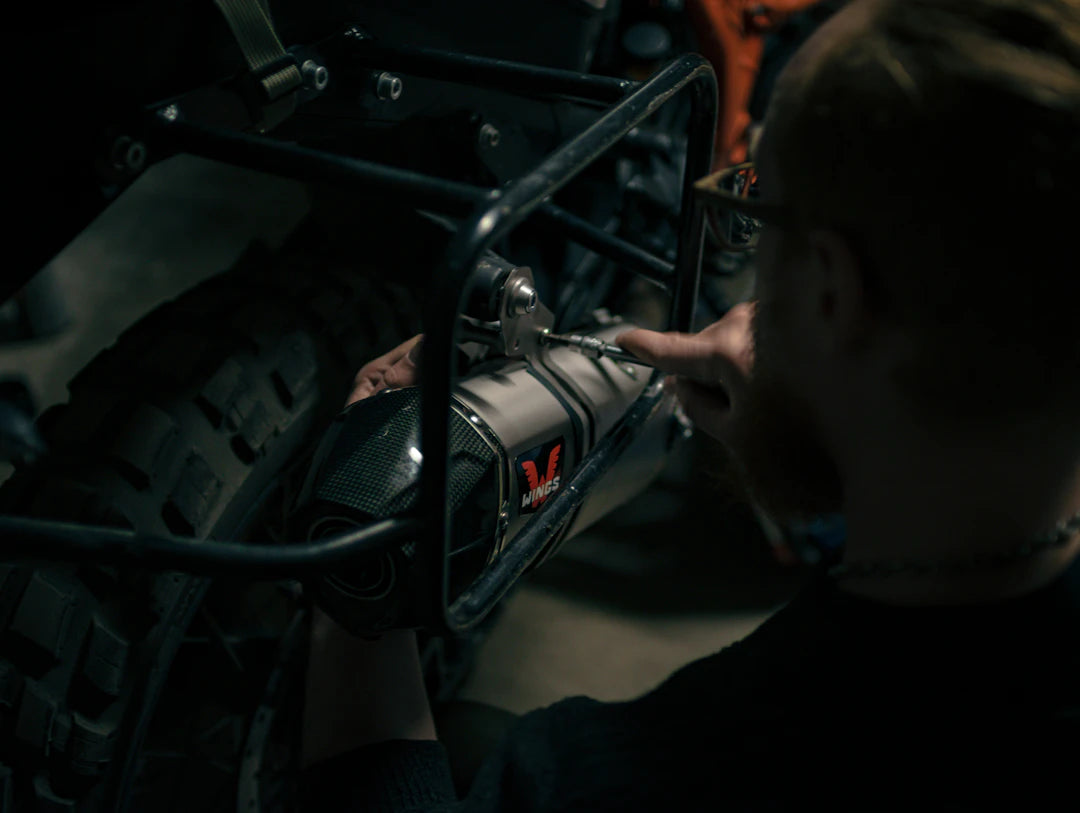Frequently Asked Questions
1. How can I assess my garage space effectively?
2. What are some tips for creating different zones in my garage?
3. How can I maximize vertical space in my garage?
4. What should I consider when choosing storage solutions for my garage?
5. How can I maintain organization in my garage over time?
When it comes to maintaining a functional garage, organization is key. For many homeowners, the garage serves as a multi-functional space for parking, storage, and even hobbies or DIY projects. Whether you’re an avid offshore fishing enthusiast or just need to optimize your garage for daily use, a well-thought-out layout can make all the difference. In this blog post, we’ll explore how to create a functional garage layout that enhances usability while maximizing space, ultimately leading to a stress-free environment.
Assessing Your Garage Space
Before diving into design choices, it's essential to evaluate your garage space. Taking the time to assess your space can provide clarity on what you need. Here are some steps to get started:
Measure Your Garage
Begin by measuring the dimensions of your garage—length, width, and height. Notate the location of windows, doors, and any built-in features. This information will help you plan your layout more effectively.
Identify Areas of Use
Consider how you currently use your garage. Do you park your car inside? Are there hobbies or activities that require distinct areas, such as woodworking or outdoor storage? Understanding your activities will guide your design for functionality.
Creating Zones in Your Garage
Once you assess and measure your space, it's helpful to create zones based on activities. This zoning approach can enhance functionality and make finding items easier.
Park Zone
Your garage might primarily serve as a parking space. If so, you’ll want to keep this area as clear as possible, free from excess clutter. Here are some tips for optimizing the parking zone:
- Clearance: Ensure there's enough space to open car doors comfortably.
- Designated Spot: Designate a specific area for your car to minimize movement and clutter.
- Flooring Options: Consider a protective coating for the floor if you park vehicles inside.
Storage Zone
The storage zone is where you can keep essential items and seasonal goods. An effective storage zone can save time by allowing you to find items quickly, which is especially useful if you frequently go fishing and need to access your offshore fishing rack.
- Vertical Storage: Utilize wall-mounted shelves or pegboards to keep smaller items organized and off the floor.
- Bins and Labels: Store items in labeled bins to easily identify their contents. This can minimize searching time and keep your garage looking tidy.
- Seasonal Rotation: Keep frequently used items at the front and seasonal items stored higher up or in less accessible locations.
Workshop Zone
If you have hobbies or projects, consider creating a dedicated workshop zone. This space should be set up ergonomically, enabling you to work efficiently.
- Work Surface: Establish a sturdy workbench where you can complete projects comfortably.
- Tool Organization: Keep tools organized and easily accessible. A tool wall or cabinet can help simplify this process.
- Safety Equipment: Ensure that your workshop zone includes safety gear such as goggles, gloves, and first-aid supplies.
Maximizing Vertical Space
One of the most effective ways to create more space in your garage is by maximizing vertical space. With the right strategies, you can take advantage of the height of your garage without cramming it full of stuff.
Wall Storage Solutions
Investing in wall storage solutions can completely transform your garage’s organization. Here are some ideas to consider:
- Shelves: Use sturdy shelves to store larger items and containers. Wall-mounted shelves save floor space and keep essential items within reach.
- Hanging Systems: Install a hanging system for your fishing rods or other gear. This also opens up space below for additional items.
- Overhead Storage: Consider installing overhead racks to store infrequently used items, such as holiday decorations or storage bins.
Choosing the Right Storage Solutions
When it comes to selecting storage solutions, it’s crucial to match your choices to your needs. Here are some recommendations:
Flexible Storage Systems
Invest in modular storage systems that can be adjusted or reconfigured as your storage needs change. Tools like stackable bins, adjustable shelving units, and sliding cabinets can adapt to various items, allowing for seamless transitions.
Durability and Quality
Ensure your storage solutions are made from high-quality materials. Heavy-duty storage racks can hold substantial weight and are perfect for storing outdoor gear, such as an offshore fishing rack.
Decluttering Your Garage
One of the primary reasons for not having a functional garage is clutter. Taking the time to declutter regularly will keep your space functional and easy to navigate.
Sorting and Categorizing
Take everything out of your garage and sort items into categories. This method helps you quickly assess what you have and what you may no longer need. Don’t forget to include the following categories:
- Keep: Items that are essential and used regularly.
- Donate: Items in good condition that you no longer need.
- Dispose: Broken or unusable items that need to be discarded.
Regular Maintenance Routines
Establish a maintenance routine to keep your garage in order. A quick clean-up session once a month can help prevent clutter from building up and maintain the functional layout you've established.
Lighting and Ambiance
A crucial yet often overlooked aspect of creating a functional garage layout is lighting. Proper lighting can significantly enhance the usability and safety of your space.
Natural Light Sources
If your garage has windows, ensure they are unobstructed to take advantage of natural light. An open and bright environment will make working on projects much more enjoyable.
Artificial Lighting Options
If natural light is limited, invest in high-quality LED lighting. LED lights are energy-efficient and can illuminate your garage without creating harsh shadows. This means better visibility for tasks and activities, which is especially important when looking for fishing gear or tools.
Creating a Personal Touch
Your garage can also be a reflection of your personality. Adding personal touches can make it feel cozier and more welcoming:
- Color Schemes: Choose paint colors for the walls or shelving systems that resonate with your personal style.
- Decorative Elements: Incorporate items like artwork or wall signs that inspire or motivate you during DIY projects.
Future-Proofing Your Garage Layout
Lastly, consider your long-term needs when designing your garage layout. Here are some tips for building a flexible space that evolves with you:
Adaptability
Choose versatile storage solutions that can adapt as your hobbies and needs change. For instance, systems designed for fishing gear can easily accommodate different activities should needs shift.
Planning for Growth
If you anticipate adding more gear or equipment, plan for additional space now. This foresight could save you frustration and hassle in the future.
Final Thoughts on Your Garage Oasis
Creating a functional garage layout is a rewarding project that can enhance everyday life. By assessing your space, creating zones, maximizing storage, and keeping clutter to a minimum, you can transform a mere garage into an organized haven. This effort not only boosts functionality but also allows you to enjoy your hobbies, such as offshore fishing, with ease. With careful planning and consistent upkeep, your garage can become a true extension of your home—an approachable, efficient, and vibrant space waiting for your next adventure.
Visit one of our fellow Shopify or Wix users' stores by clicking this store link. Please note that this is a promotional link, and we are not responsible for the content of the linked store.


